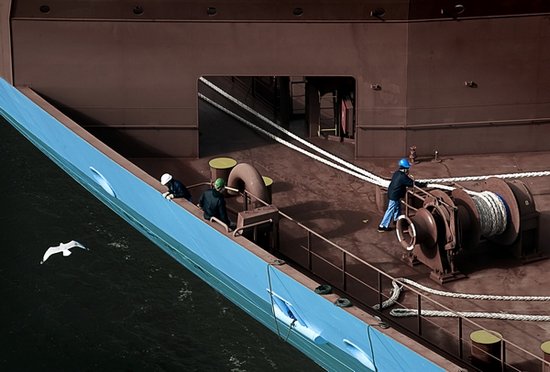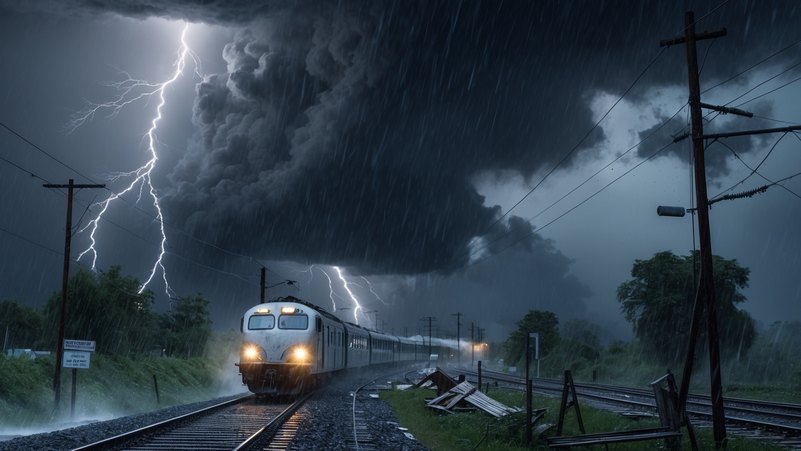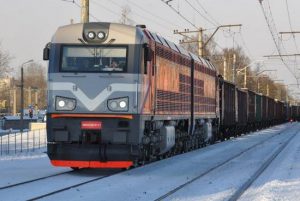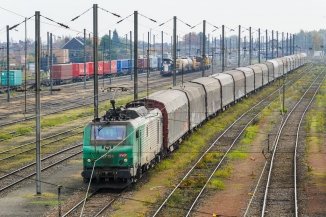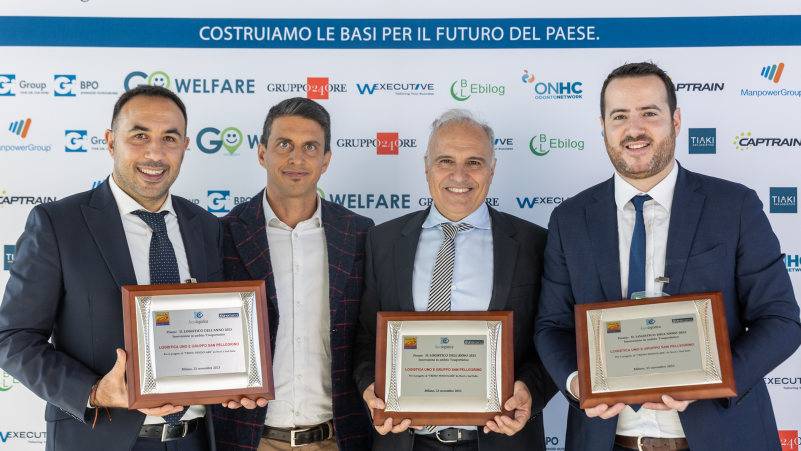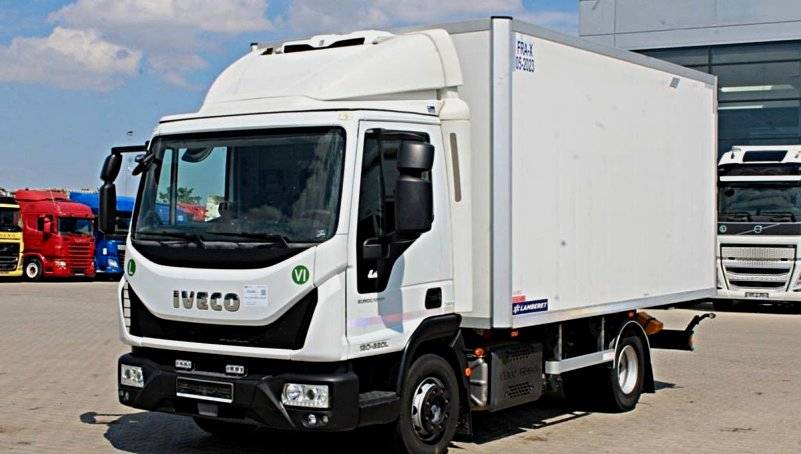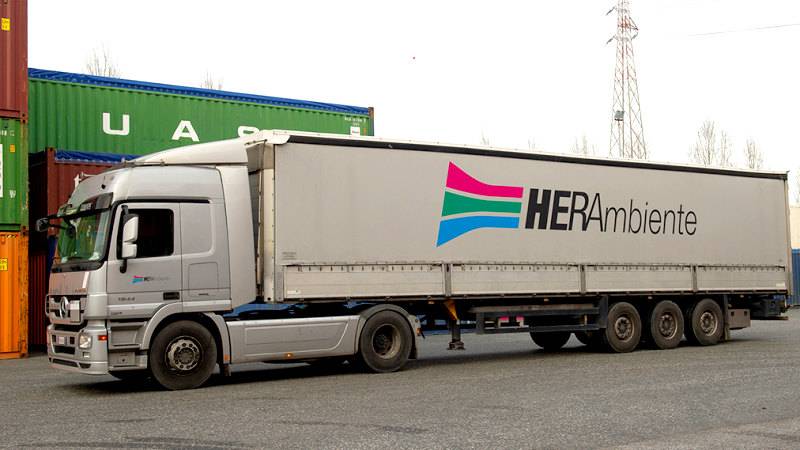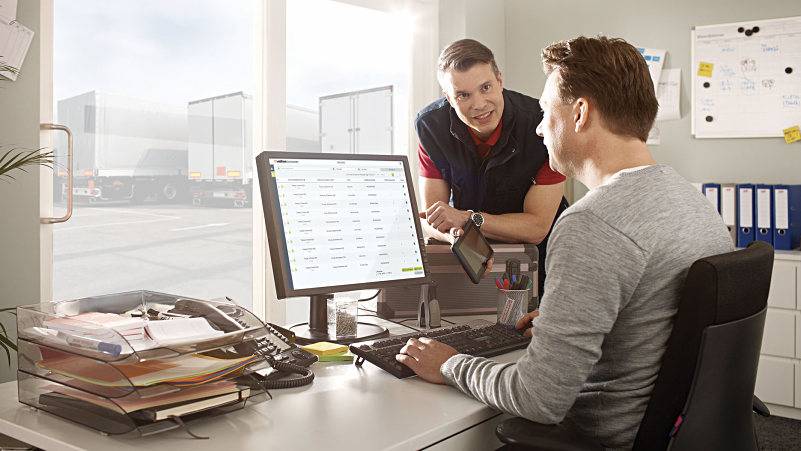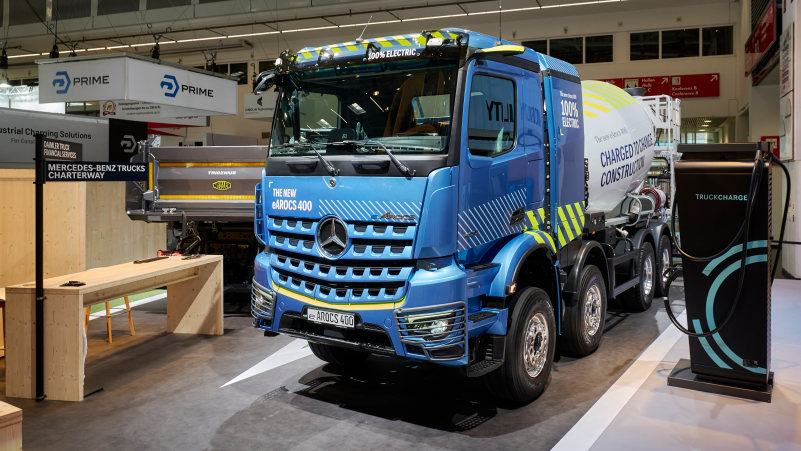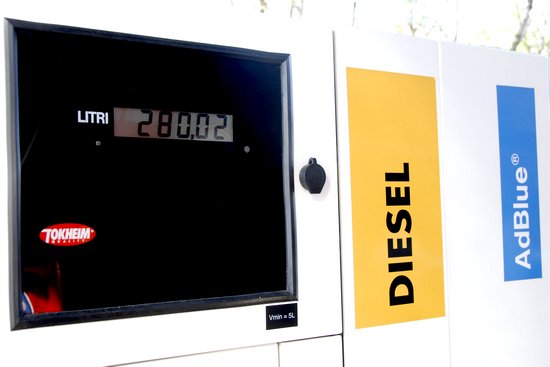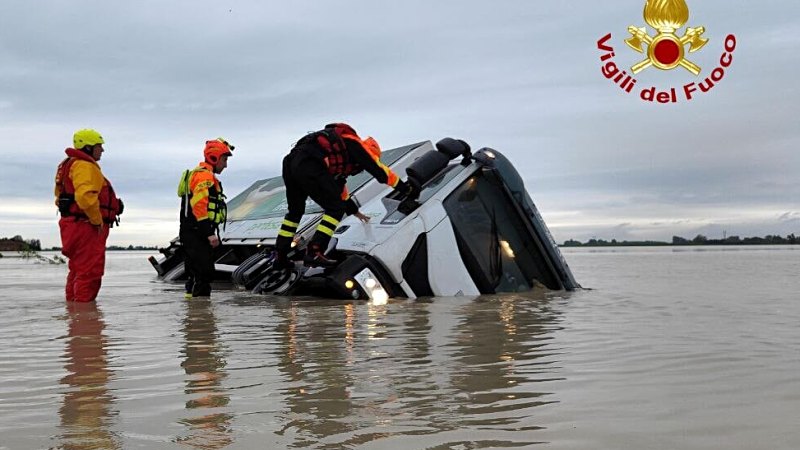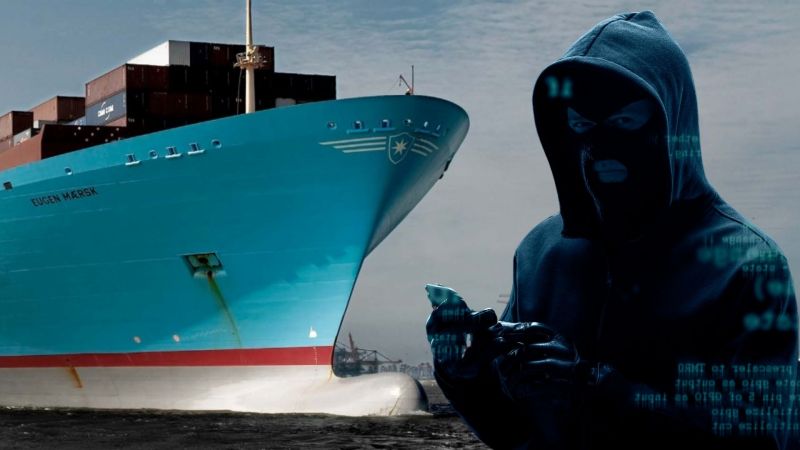The Rail Baltica project, the most important railway corridor under construction, promoted and strongly backed by the European Union, is taking two steps forward and one step back. In January 2025, Poland announced investments exceeding 1.4 billion euros—the largest Polish tender ever for a single project—aimed at upgrading and modernising a 100-kilometre railway section that forms part of the north-south corridor included in the Rail Baltica project.
Just a few days later, however, Latvia hit the brakes. The official reason for this somewhat contradictory, though not entirely unexpected, decision lies in financial difficulties. However, according to some observers, while economic concerns may be valid, Riga’s authorities might also be seeking to shift the responsibility of securing new funds onto the European Union. After all, the disputed sums amount to only a few tens of millions of euros—insignificant compared to Latvia’s 4.5-billion-euro share of the project.
This move risks slowing down a project already underway, which has seen considerable acceleration in 2024, particularly in Estonia, where construction of the Rail Baltica freight terminal in Ülemiste is in full swing. Moreover, since Latvia lies between Estonia and Lithuania, any delay in its section would compromise the continuity of the new corridor.
Once completed, the new railway corridor linking Tallinn, the capital of Estonia, with Poland via Latvia and Lithuania will span 870 kilometres. It will also be the first transversal railway route connecting the three Baltic republics to mainland Europe, whereas their railway links have traditionally been tied to Russia. A key aspect of this European integration is the corridor’s infrastructure, which will use standard gauge instead of the wider Russian gauge, 25 kV AC electrification, and the European Ertms/Etcs signalling system.
The geopolitical significance of this investment is underscored by Europe's commitment to the project. Through the Connecting Europe Facility (Cef) programme, the EU had initially agreed to cover up to 85% of the construction costs, originally estimated at 5.8 billion euros. However, the projected costs have now risen to over 13 billion euros. RB Rail, the company overseeing the project's management, has nevertheless decided to push forward. On 13 February 2025, it submitted a funding application under the Cef programme to design and build the entire telecommunications infrastructure in line with the new standard that will replace GSM-R, known as the Future Railway Mobile Communication System. This innovation will introduce 5G connectivity within the European Ten-T corridors for the first time.
Piermario Curti Sacchi


